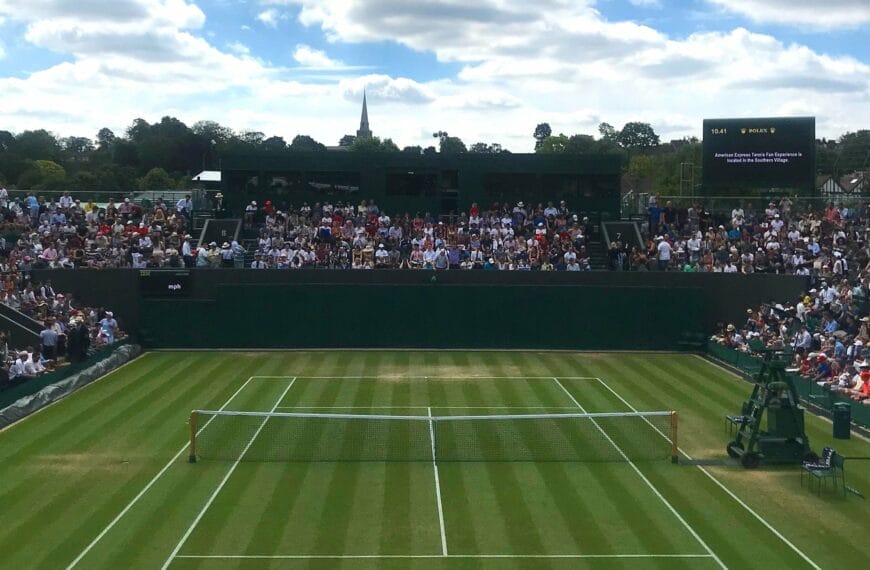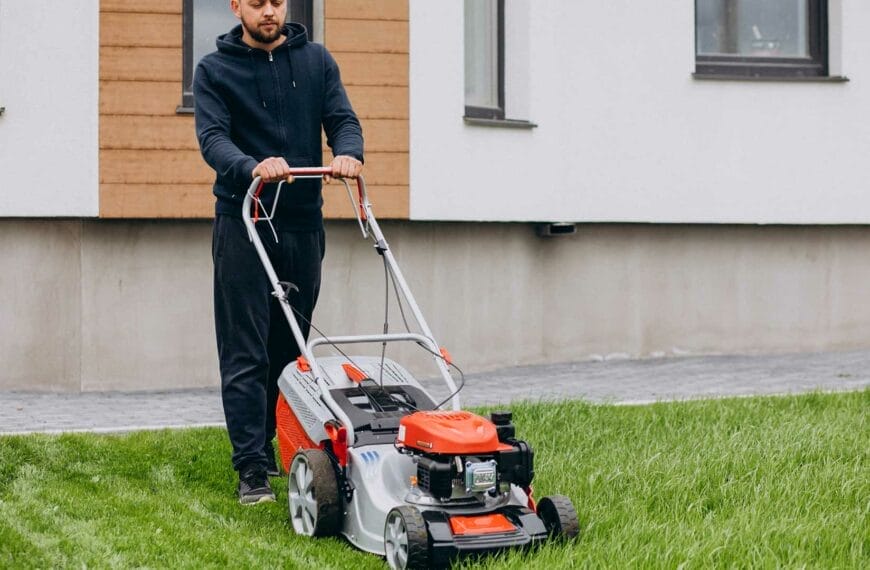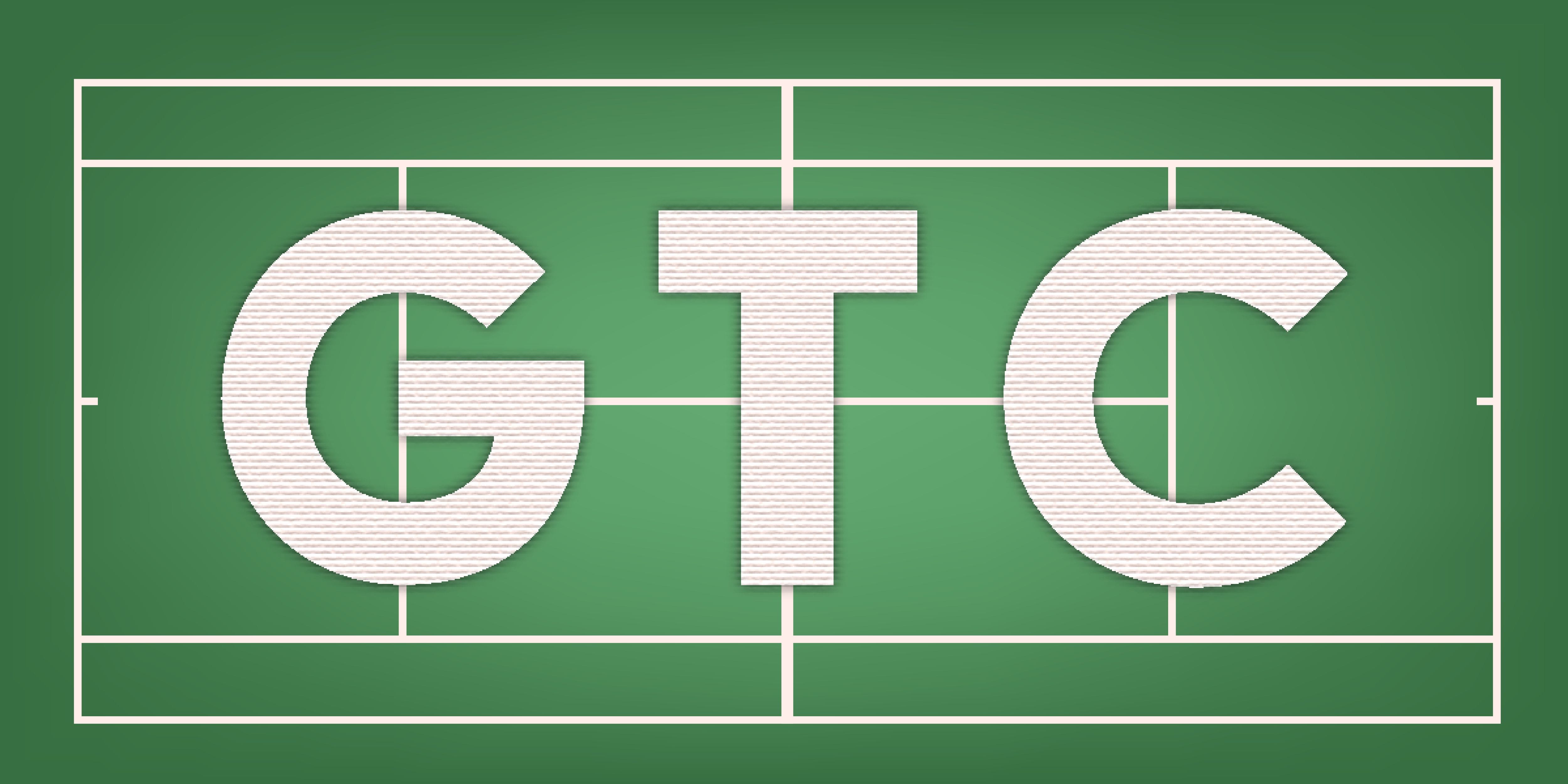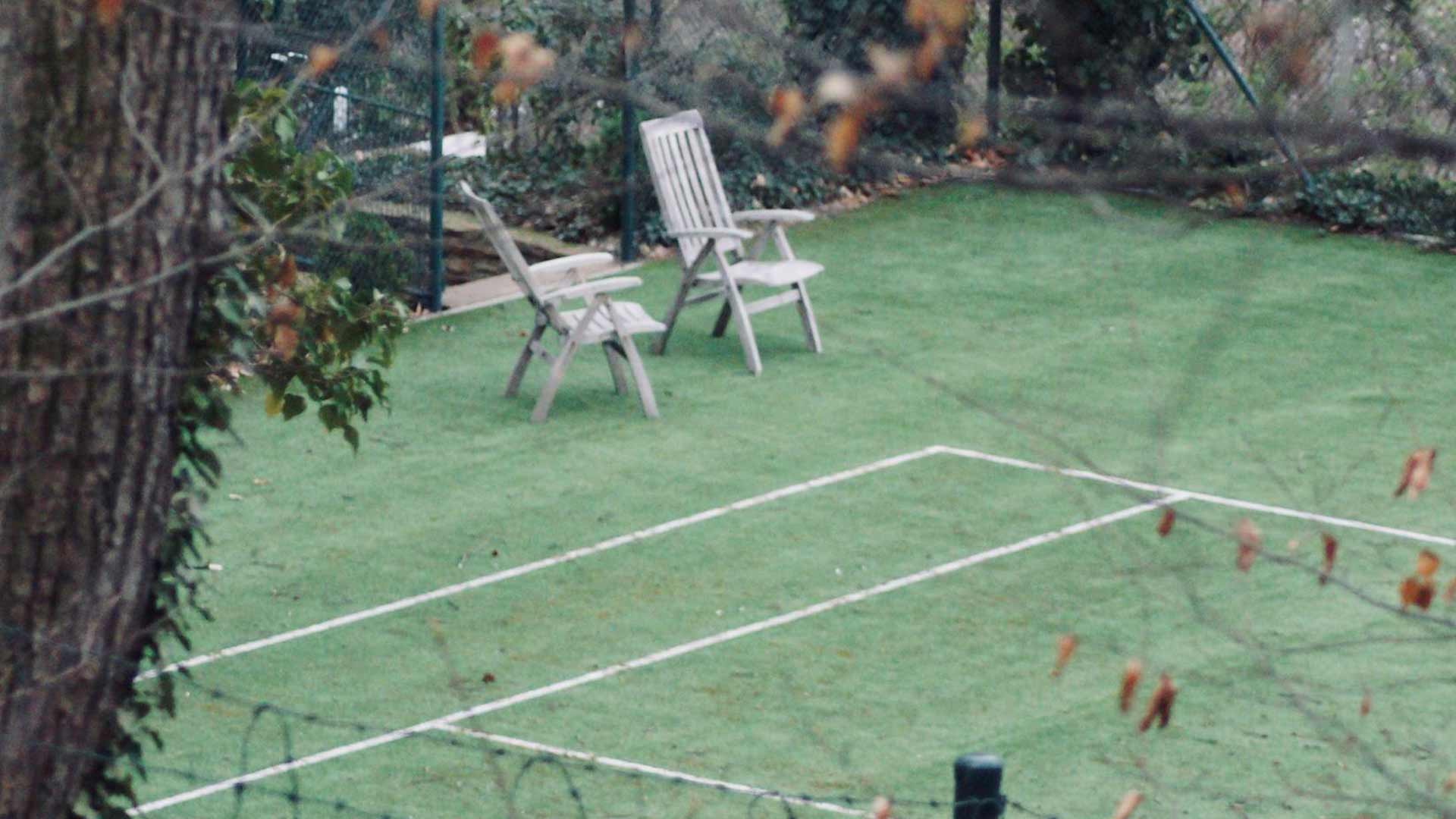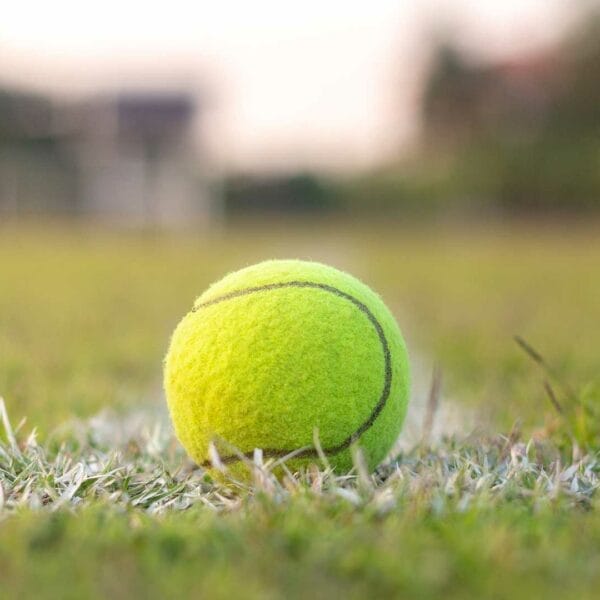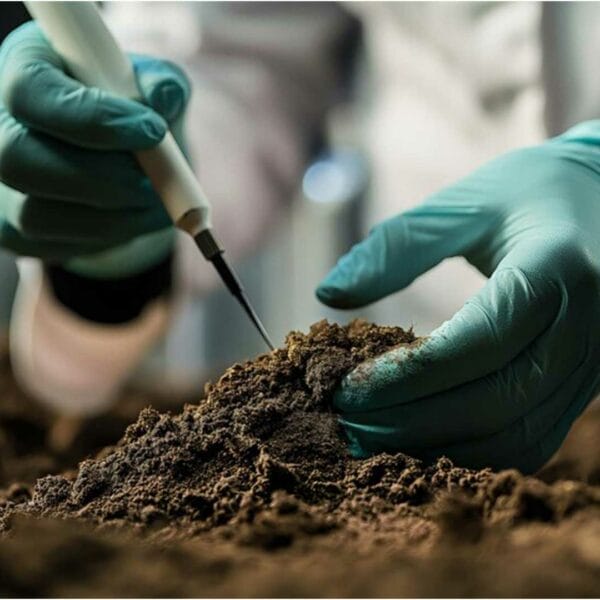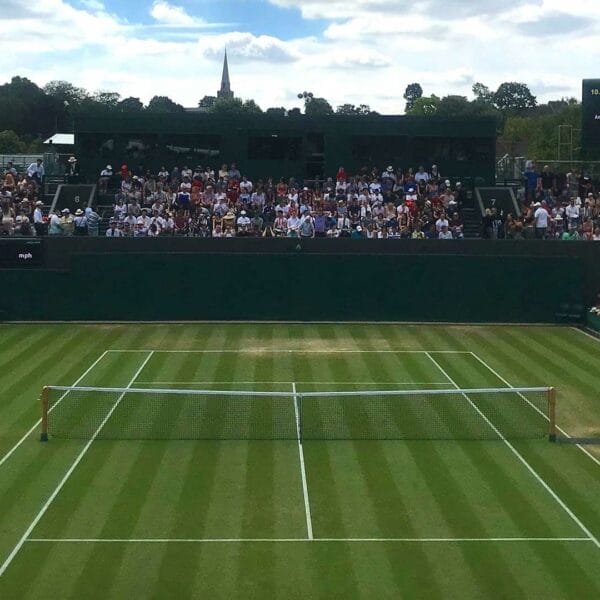The Fine Line
In the world of grass tennis, the bounce of the ball is everything. It’s the unpredictable variable that adds a layer of artistry and challenge, a quality born from a surface that is both firm and alive. Achieving that signature, low-skidding bounce requires more than just mowing; it demands a process that is both a science and an art: rolling. For enthusiasts and groundskeepers at clubs like ours, www.grasstennisclub.com, rolling is a non-negotiable step in preparing a court that is truly fit for play.
The abstract offers a crucial piece of guidance: Grass courts should be rolled at least once a week during the growing season. Rolling compacts the surface, ensuring a smooth and even playing field. Avoid excessive rolling, as it can lead to soil compaction and impede grass root development. This statement encapsulates the delicate balance required for successful turf management. It’s a practice of controlled pressure, not brute force, aimed at perfecting the court without compromising its long-term health.
The Purpose of Rolling: Creating a True and Fast Surface
Rolling a grass court serves a singular, critical purpose: to compact the soil and create a firm, smooth, and even playing surface. A freshly mowed lawn, no matter how short, still has a degree of give. This can lead to a soft, spongy court that absorbs too much energy from the ball, resulting in a slow, high bounce. Rolling changes this dynamic by:
- Firming the Surface: The weight of the roller presses down on the grass and soil, consolidating the top layer. This firmness provides a faster, truer ball bounce, more akin to the classic grass court experience.
- Leveling the Ground: Rolling helps to smooth out minor surface irregularities, such as worm casts or small divots caused by foot traffic. This creates a more uniform plane for the ball to travel across, reducing the likelihood of a bad bounce.
- Encouraging a Deeper Sheen: When combined with a reel mower, rolling helps to produce the classic striped effect that is the hallmark of a professional grass court.
This process is what transforms a simple lawn into a high-performance sports field. It’s the final step in ensuring the court is as fast and predictable as possible, within the natural constraints of a living surface.
The “Once a Week” Rule: Striking the Right Balance
The recommended frequency of rolling—at least once a week during the growing season—is a carefully considered guideline. It’s frequent enough to maintain the desired firmness and smoothness, but not so often that it causes long-term damage.
- During Peak Season: In the height of the playing season (typically from late spring to early autumn), the court is under constant stress from foot traffic. Rolling once a week helps to counteract the natural loosening of the soil and maintain a firm surface.
- The “Less is More” Principle: The abstract’s warning about excessive rolling is a critical point. Over-rolling, especially with too heavy a roller, can lead to severe soil compaction. This is the enemy of healthy grass, as it starves the roots of air, water, and nutrients. A compacted court becomes hard, drains poorly, and is prone to thinning and disease. It essentially becomes a “dirt with fuzz” surface, as one turf expert so eloquently puts it, losing the very qualities that make a grass court special.
The goal is to maintain the surface’s firmness, not to create a concrete slab. The ideal balance is to roll just enough to achieve a solid playing surface while preserving the root system’s ability to breathe and thrive.
The Right Equipment and Technique
Like all aspects of grass court maintenance, the right tools and technique are essential.
- The Roller: The weight of the roller is a key factor. For a fine turf surface like a tennis court, a lightweight ballast roller is generally preferred. These can be filled with water or sand to adjust the weight, allowing for more control over the level of compaction. Using a roller that is too heavy, or rolling when the soil is too wet, can cause irreversible damage.
- Mowing and Rolling Combined: For many professional groundskeepers, the mowing and rolling process are integrated. Many specialized reel mowers have a roller attached, allowing for a light, firming roll with every pass of the mower. This frequent, light pressure is a more sustainable approach than a single, heavy roll.
- The “When” and “How”: Rolling should always be done when the grass is relatively dry. Rolling a wet court, especially one that is not well-drained, will cause severe compaction and can lead to a ruined surface. The roller should be moved in a consistent, deliberate pattern—often in alternating directions, just like mowing—to ensure an even roll and prevent the formation of ridges.
For more information on the specific types of rollers and the best times to use them, this article from Agrigem provides a helpful guide on the practice of grass rolling for various applications.
Rolling as Part of an Integrated Plan
Rolling is not a standalone solution; it’s one piece of a complex puzzle. At www.grasstennisclub.com, our grounds team integrates rolling into a holistic turf management plan that includes:
- Aeration: This is the direct counter-balance to rolling. Regular aeration (at least twice a year) is essential to relieve any compaction caused by rolling and play. It keeps the soil “alive,” ensuring the roots have access to the air and water they need.
- Fertilization: A well-fed lawn is a resilient lawn. Proper fertilization ensures the grass has the nutrients to recover from the stress of both play and rolling.
- Watering: A healthy watering schedule is crucial. A court that is too dry will not respond to rolling, while one that is too wet is at risk of damage.
This combination of practices ensures that we get all the benefits of a perfectly rolled court—the firmness, the speed, and the visual appeal—without sacrificing the long-term health of our turf. The synergy between these maintenance activities is what creates a truly world-class playing surface.
The Payoff: The Quintessential Grass Court Experience
The meticulous effort that goes into rolling, along with all the other elements of turf care, culminates in the unique grass court experience our members cherish. When you step onto one of our courts, you’re not just walking onto grass; you’re stepping onto a surface that has been carefully cultivated, mowed, and firmed to perfection. The ball bounce is true, the footing is solid, and the sense of tradition is palpable.
The commitment to rolling at least once a week during the playing season is a promise—a promise to our members that we will do everything in our power to provide a surface that is safe, consistent, and a joy to play on. It’s a testament to the fact that on a grass court, every little detail matters. So, the next time you admire a beautifully manicured grass tennis court, take a moment to appreciate the unsung hero of its perfection: the roller, and the skilled hands that know the fine line between a firm surface and a compacted one.
For a broader perspective on sports turf maintenance, including rolling and other techniques, this resource from Cornell University provides an excellent, in-depth look at the best practices for maintaining athletic fields: Cornell University Sports Turf Management.


